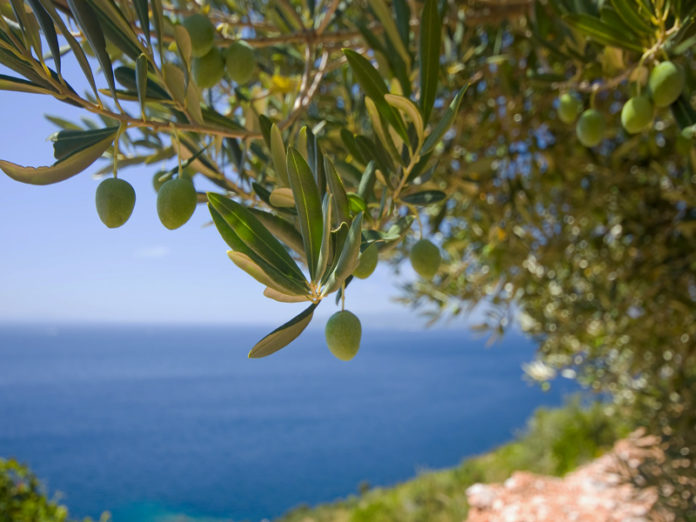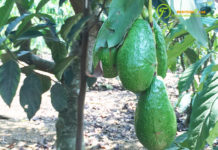We all know about olive oil, it is so familiar with us from the kitchen to plates. We also may know that olive is fruit which is very popular in the west. In the world generally, its oil is widely used in culinary and in some areas, olive is also considered as sacred symbol but not all of us who know.
Origin
Place the olive oil aside temporarily and look back the history of olive, the olive tree is believed to have origin from the ancient Persia (Iran) and Mesopotamia around 4-5 millennia BC and then spread to the Levant (the Eastern Mediterranean). The edible olive was consumed a bit later then, around 2-3 millennia BC. This fruit was first cultivated in Syria, Israel and Crete and then was widely planted in other countries of Mediterranean and other areas.
Till now, olive is a valuable product of the Mediterranean.
Description
Olive tree or Olea europaea is a member of Oleaceae family. The tree is mostly small, short and squat (as evergreen or shrub). It has oblong green leaves, gnarled and twisted stem, white flowers and small drupe fruits. The trees grow slowly and could reach the height about 10 m (33 feet) and some trees could be high up to 15 m (49 feet) but rarely. Although they are slow in growing but they live for long, could be hundreds of years.
The olive fruit is small usually long about 1-2.5 cm. The mature olive is mostly green or yellow. When begins to ripe, it will have red or brown color for the skin. The ripen fruit will have purple, brown to black color for both the outer and inter.
The fresh olive fruits are bitter and usually cured and fermented before used.
About 90% of the planted olive trees are for oil and other 10% are cured, fermented and processed to be used in culinary and served.
Other parts of olive tree as wood or leaves are also used to other purposes.
Olive and sacred symbol
The olive branches are considered as abundant, glory and peaceful symbol while the olive oil was known as sacred symbol.
For different cultures from the Ancient Egypt, Ancient Israel and Hebrew bible, Ancient Greece, Ancient Rome to New Testament and Islam, olive and olive oil are mentioned in sacrament.
In these cultures, beside used in culinary, olive is used in different ways in sacrament such as lighting, sacrificial offering, ointment, anointment or burning in sacred lamps…in temples, for priestly or in many royal offices.
Nowadays, olive generally and olive oil typically becomes more popular in use. However, it still holds a specific meaning to different cultures, especially the Mediterranean area.









